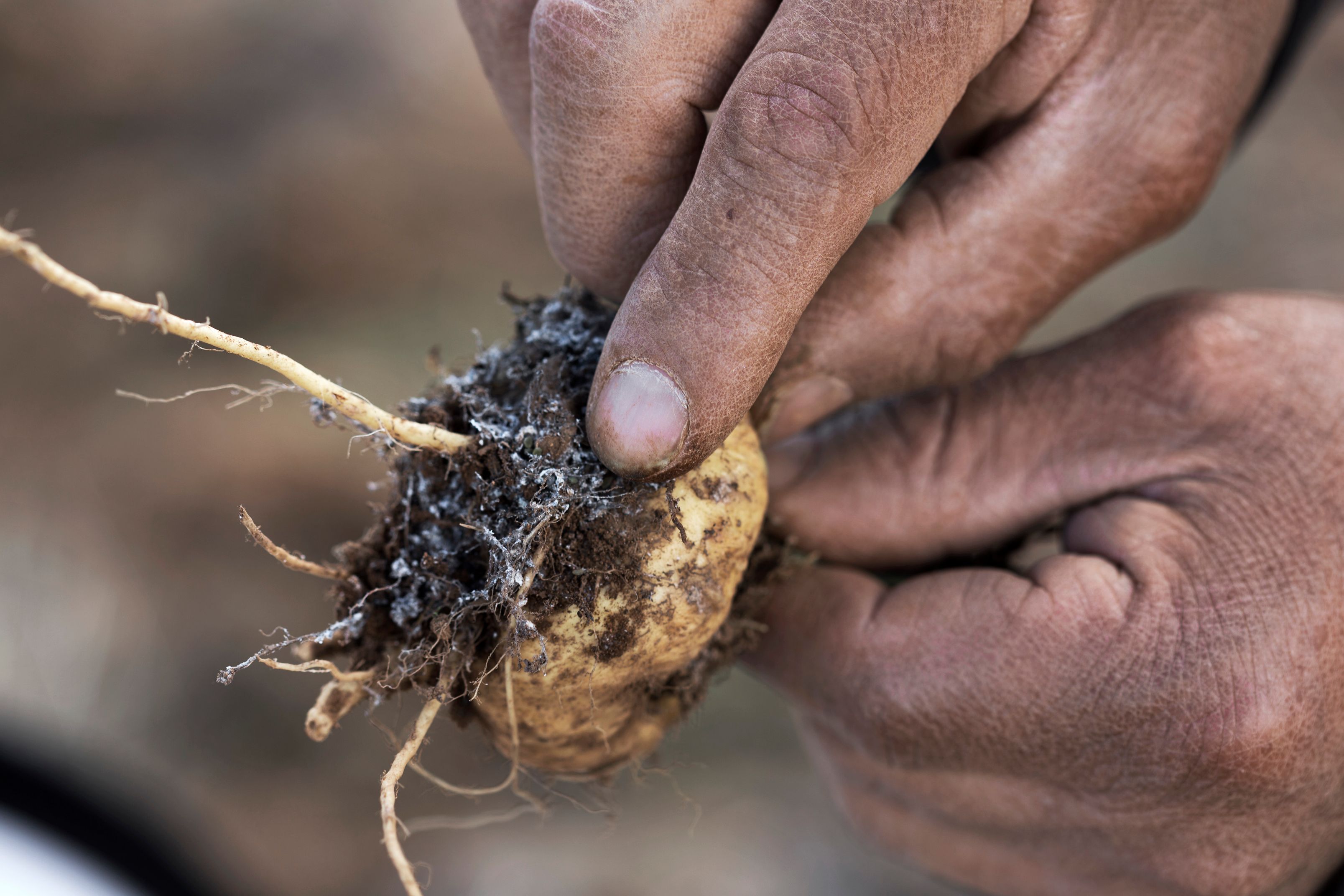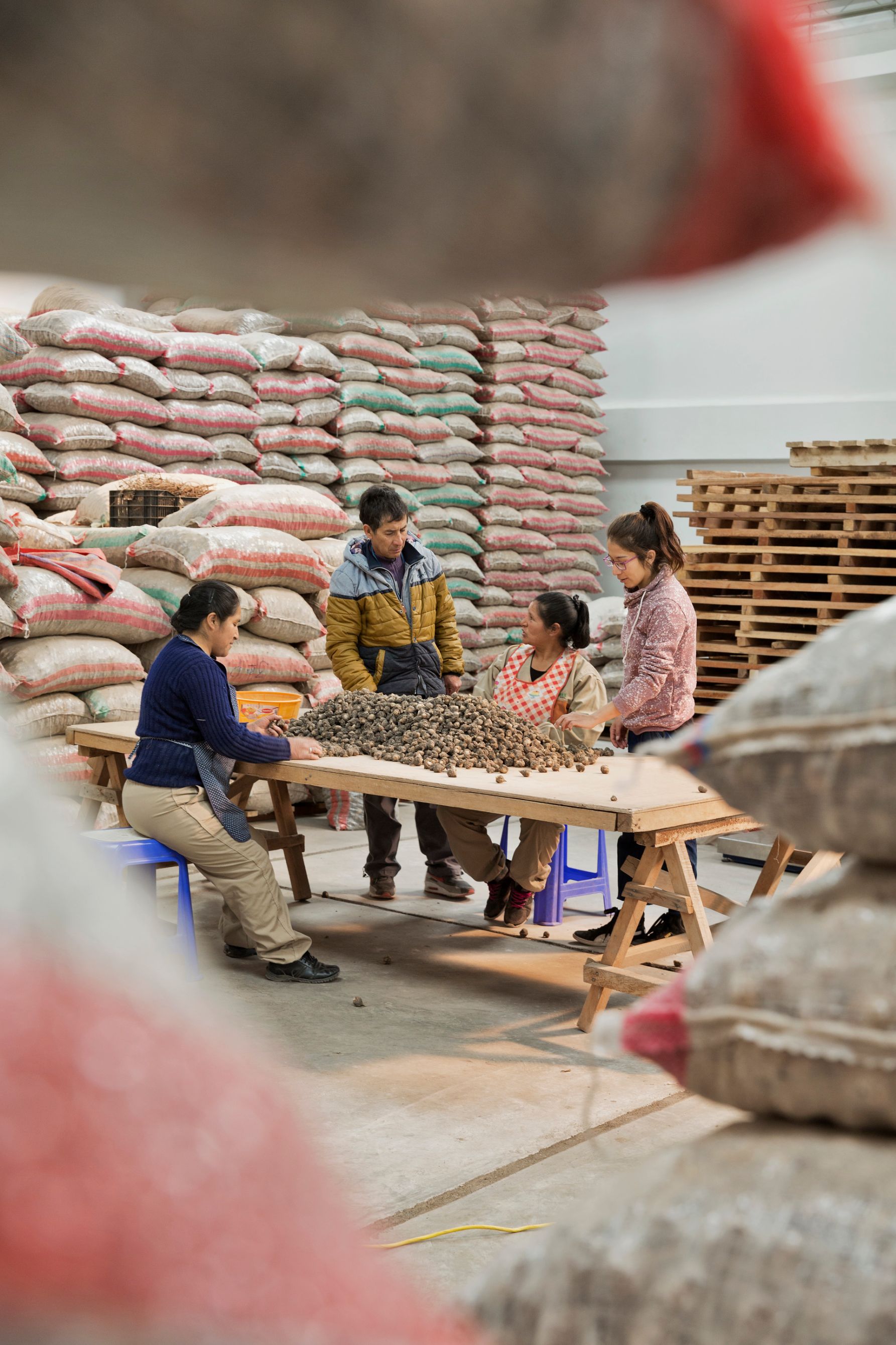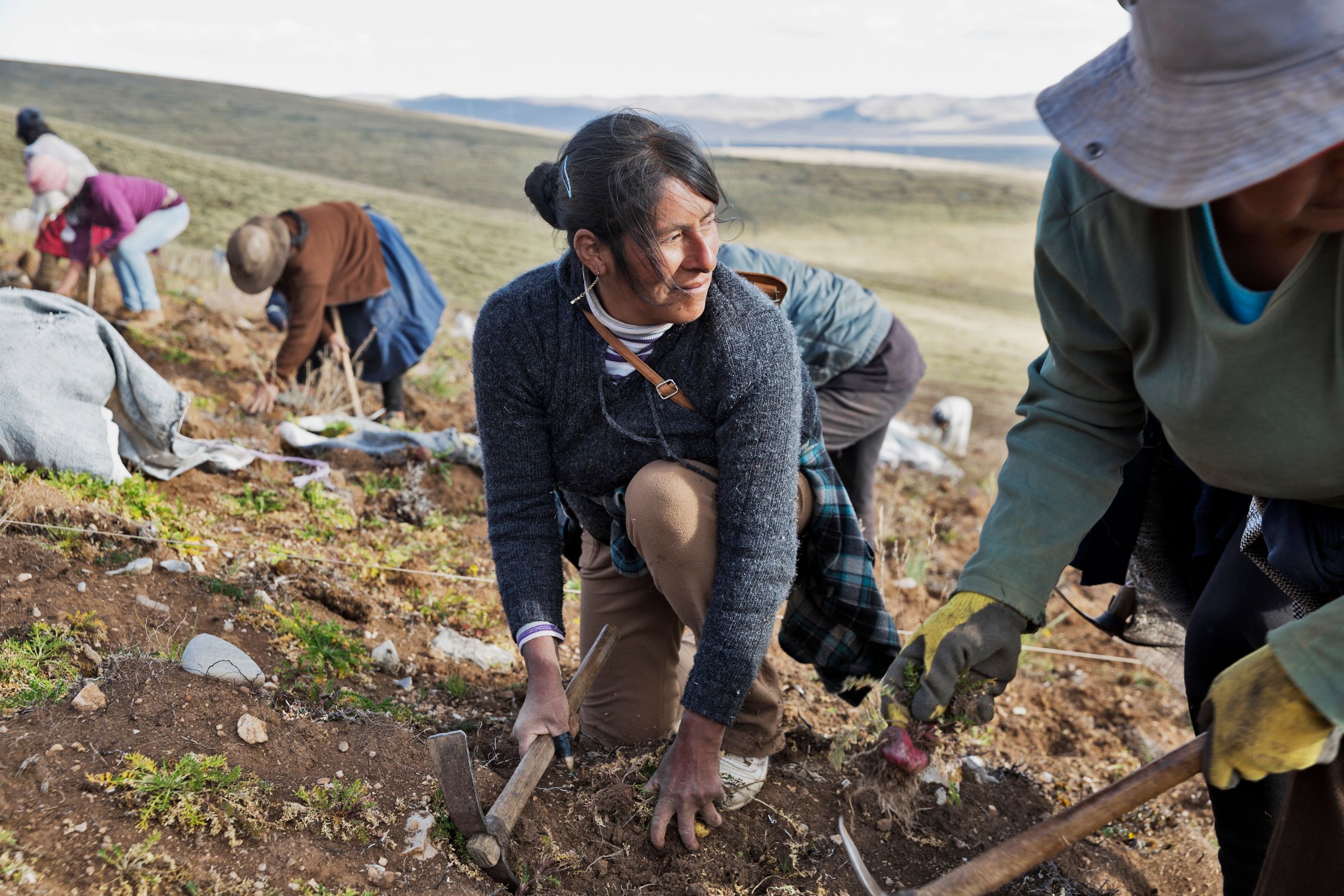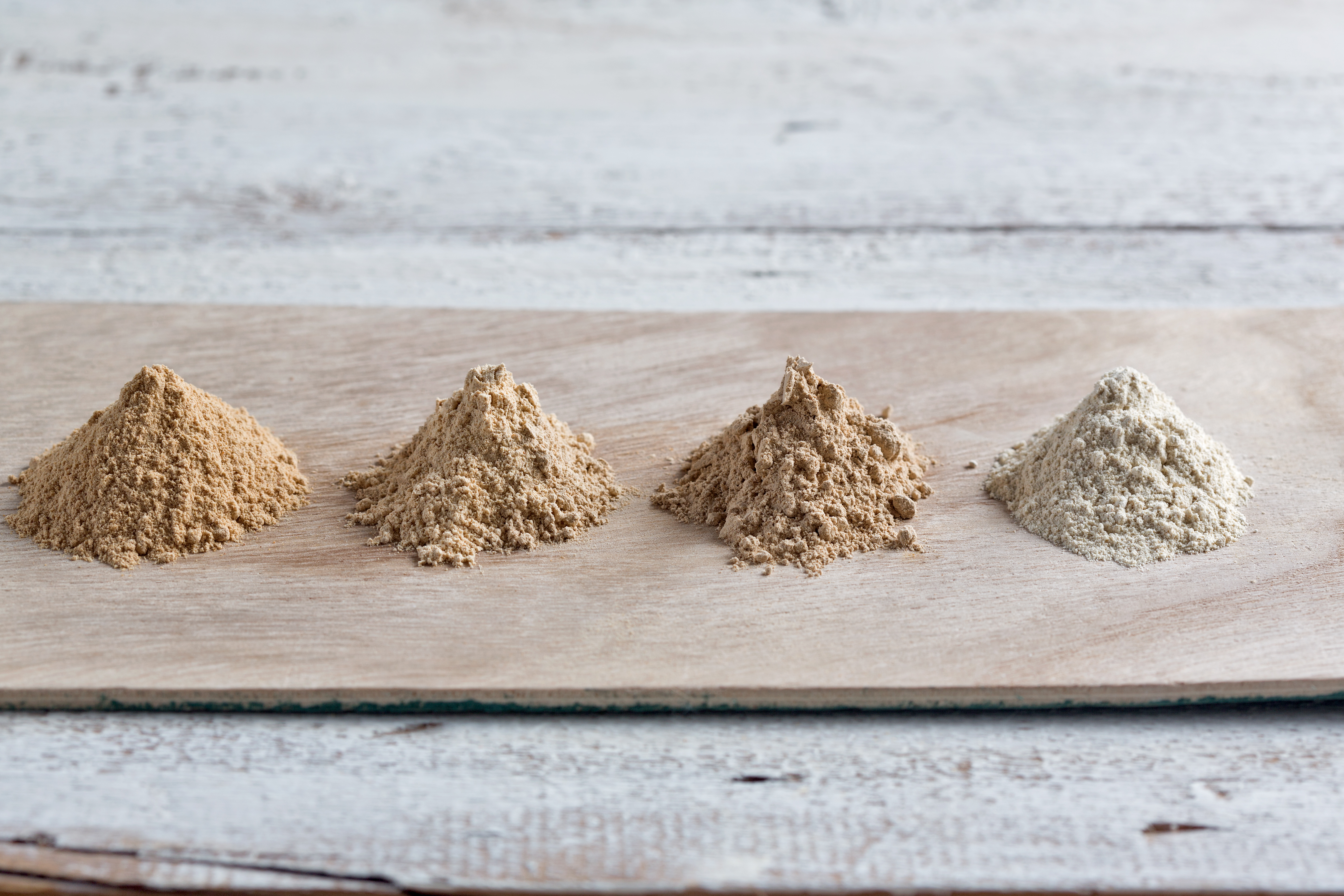The Cultural Significance of Maca Root
Posted by The Maca Team on 25th Jan 2024
In 2002, the country of Peru passed a new piece of legislation: restricting the export of maca root from its borders. The law would forbid the removal of whole maca root plants and seeds from the country, aimed at curbing the attempts to establish a maca industry taking off in other countries.
It may seem strange that a country’s government would pass a law to protect a vegetable - a then little-known one, at that - but Peru had a good reason for the action. Not only does maca root remain a valuable commodity for the nation today, but it also presents a cultural wealth steeped in history.
What is Maca Root?

Maca is an important root vegetable in the mustard family. It is one of a very few crops that can be grown in very inhospitable regions and at extremely high altitudes of up to 15,000ft / 4500 meters. Maca comes from the Peruvian Central Andes and even today the best quality and most effective Maca is still cultivated there. Although it can be grown successfully in other climates, the medicinal root of Maca is neither as large or as potent as when grown in the high Andes.
Historical references to the farming of maca root dates back as far as the 1500s, but locals have been harvesting maca for far longer. Maca was (and is!) consumed by Peruvians of all ages for numerous reasons, from its use in helping couples conceive to its impact on cognitive function. It was even fed to livestock.
Maca Root Today

Though it was first introduced to a large-scale international audience in 1964, it would be a while before maca root achieved much success outside of Peru. In fact, during the 1980s maca cultivation reached record lows. But since then, its reputation as a superfood has taken off in health food circles, and increasing research performed since the early 2000s has lent weight to reports of its efficacy in addressing a broad variety of ailments.
From 2000 to 2010 Peru’s export of Maca grew 5 times, making Maca powder one of the country’s top exports. In 2020, maca exports from Peru amounted to about $17.9 million USD. Though the numbers rise and fall, maca root has secured a foothold for itself in the international market, resulting in a sort of renaissance for the maca farming industry. Once used to pay taxes to colonizing forces, maca root is once again a form of cultural currency.
Our Maca Root

It’s a point of pride for us that the maca root you can purchase from The Maca Team today comes exclusively from its place of origin, the Junin area of the Peruvian Andes. That means that due to the country’s agricultural policies, you can be sure that our maca root is organically-grown and non-GMO. It’s also certified Fair Trade, and we work with a local co-op of farmers to ensure that our maca has been sustainably-harvested using traditional methods that involve the rotation of fields in order to protect the viability of the land.
Questions?

Whether you’re purchasing one of our raw or premium maca powders or liquid maca extracts, you’re getting a product that has been obtained conscientiously in order to guarantee that you’re getting the freshest, highest quality maca root. We’ve done our best to provide enough information about maca root to allow you to make an informed decision about which product might work best for you, in addition to an assortment of maca recipes and blog posts aimed at expanding knowledge of maca root and its many uses.
If you have any more questions about our maca root products, we’d love to hear them! Don’t hesitate to Contact Us using our web form, or call us toll-free at 888-919-8616.
Enjoy the day!

